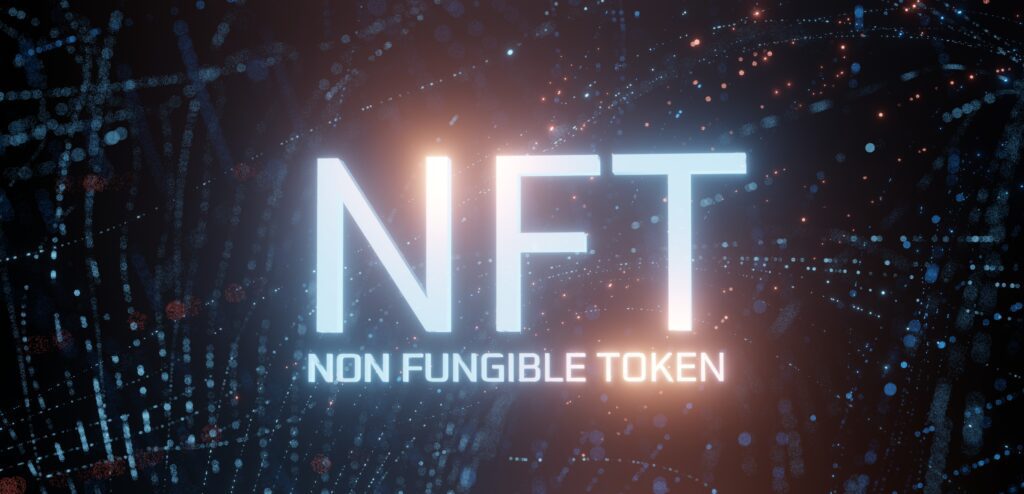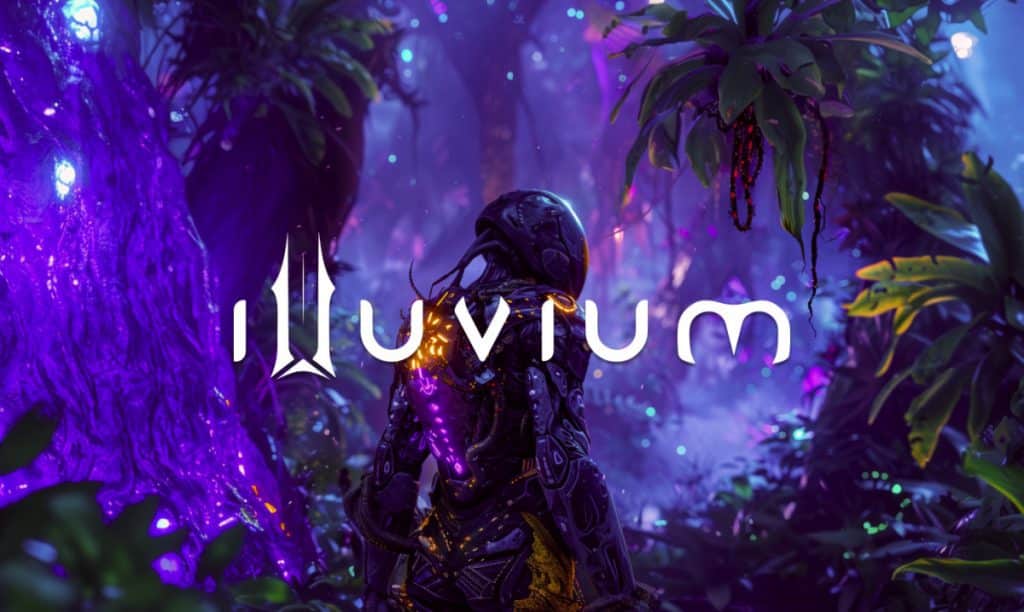In recent years, the intersection of gaming and decentralized finance (DeFi) has given rise to a new paradigm known as GameFi. This innovative sector combines the engaging elements of gaming with the financial incentives of DeFi protocols, creating a unique ecosystem that empowers players and developers alike. GameFi companies are leveraging DeFi mechanisms to enhance user experience, create sustainable economies, and foster community engagement. This article delves into the technical aspects of GameFi, exploring how game companies can effectively integrate DeFi protocols to revolutionize the gaming landscape.
Understanding GameFi: A Convergence of Gaming and DeFi
GameFi represents a fusion of gaming and decentralized finance, where players can earn, trade, and invest in digital assets while enjoying immersive gaming experiences. The core principle of GameFi is to provide players with ownership of in-game assets through non-fungible tokens (NFTs) and to enable them to participate in decentralized financial activities such as staking, lending, and yield farming.
According to a report by DappRadar, the GameFi sector accounted for over $1.3 billion in total value locked (TVL) in DeFi protocols as of Q3 2023, showcasing the growing interest and investment in this niche. The report highlights that the number of unique active wallets interacting with GameFi projects has surged by 50% year-over-year, indicating a robust user base and engagement.
Key Components of GameFi Ecosystems
1. Non-Fungible Tokens (NFTs)
NFTs are digital assets that represent ownership of unique items or content on the blockchain. In the context of GameFi, NFTs can represent in-game assets such as characters, skins, weapons, and virtual real estate. The ownership of these assets is verifiable and transferable, allowing players to trade them on secondary markets.
For instance, Axie Infinity, one of the leading GameFi projects, allows players to breed, battle, and trade creatures called Axies, which are represented as NFTs. As of October 2023, Axie Infinity has generated over $4 billion in sales volume, demonstrating the lucrative potential of NFT-based gaming.

NFTs represent unique, verifiable, and transferable digital assets on the blockchain.
2. Decentralized Autonomous Organizaions (DAOs)
DAOs are organizations governed by smart contracts on the blockchain, enabling decentralized decision-making. GameFi projects often utilize DAOs to empower their communities, allowing players to vote on game development decisions, economic parameters, and governance issues.
For example, the decentralized gaming platform, Decentraland, operates as a DAO where LAND owners can vote on policy updates and feature implementations. This model fosters a sense of ownership and community engagement, which is crucial for the long-term sustainability of GameFi projects.
3. Yield Farming and Staking
Yield farming and staking are DeFi mechanisms that allow players to earn rewards by locking up their assets in liquidity pools or staking contracts. GameFi companies can integrate these features to incentivize players to hold their in-game tokens, thereby stabilizing the in-game economy.
For instance, the game Illuvium offers players the opportunity to stake their ILV tokens to earn rewards in the form of additional tokens. This not only encourages players to participate in the ecosystem but also helps maintain the token’s value by reducing circulating supply.

Staking ILV in Illuvium generates rewards in extra tokens.
Real-World Examples of GameFi Integration
1. The Sandbox
The Sandbox is a virtual world where players can create, own, and monetize their gaming experiences using NFTs and the SAND token. The platform allows users to build and monetize games and experiences through its user-friendly game creation tools. The Sandbox has successfully integrated DeFi protocols by enabling players to stake SAND tokens to earn rewards and participate in governance decisions.
As of September 2023, The Sandbox reported over 2 million registered users and partnerships with major brands like Atari and Square Enix, showcasing the potential for mainstream adoption of GameFi concepts.
2. Yield Guild Games (YGG)
Yield Guild Games is a decentralized gaming community that invests in NFTs and virtual assets across various GameFi projects. YGG allows players to earn income by playing games and sharing their in-game assets with others. The organization utilizes a DAO structure to govern its operations, enabling community members to vote on investment strategies and game selections.
As of October 2023, YGG has raised over $20 million in funding and has established partnerships with numerous GameFi projects, highlighting the growing importance of community-driven initiatives in the gaming sector.
Challenges and Considerations in GameFi Development
1. Regulatory Compliance
As GameFi continues to grow, regulatory scrutiny is increasing. Game developers must navigate complex legal landscapes to ensure compliance with financial regulations, particularly concerning token sales and the classification of in-game assets. Failure to comply can result in significant legal repercussions and loss of user trust.
2. Economic Sustainability
Maintaining a balanced in-game economy is crucial for the longevity of GameFi projects. Developers must carefully design tokenomics to prevent inflation and ensure that players have meaningful incentives to participate in the ecosystem. This includes implementing mechanisms for burning tokens, rewarding long-term holders, and creating demand for in-game assets.
3. User Experience
While the integration of DeFi protocols offers numerous benefits, it can also complicate the user experience. Game developers must strive to create intuitive interfaces that simplify the onboarding process for players unfamiliar with blockchain technology. Ensuring a seamless experience is essential for attracting and retaining users in a competitive market.
Future Trends in GameFi
The GameFi sector is poised for continued growth and innovation. As blockchain technology matures, we can expect to see advancements in interoperability, allowing players to transfer assets across different games and platforms. Additionally, the integration of artificial intelligence (AI) and machine learning could enhance gameplay experiences and create more dynamic in-game economies.
Furthermore, as traditional gaming companies begin to explore blockchain technology, we may witness a convergence of mainstream gaming and GameFi, leading to broader adoption and acceptance of decentralized gaming models.
Key Takeaways
- GameFi combines gaming and DeFi, enabling players to earn, trade, and invest in digital assets.
- NFTs, DAOs, and yield farming are key components of GameFi ecosystems.
- Successful GameFi projects like Axie Infinity and The Sandbox demonstrate the potential for economic sustainability and community engagement.
- Challenges such as regulatory compliance and user experience must be addressed for long-term success.
- The future of GameFi is promising, with trends pointing towards increased interoperability and integration of AI technologies.
In summary, GameFi represents a transformative shift in the gaming industry, merging the excitement of gaming with the financial opportunities of decentralized finance. By leveraging DeFi protocols, game companies can create engaging experiences that empower players and foster sustainable economies. As the sector continues to evolve, developers must remain vigilant in addressing challenges while embracing innovation to unlock the full potential of GameFi.

